Nasal Steroid Comparison Tool
Flixotide
Fluticasone propionate 100 µg per spray
Prescription-only
AU$45–55
Nasonex
Mometasone furoate 50 µg per spray
Over-the-counter
AU$30–38
Rhinocort
Budesonide 32 µg per spray
Over-the-counter
AU$28–35
Beconase
Beclomethasone dipropionate 50 µg per spray
Over-the-counter
AU$25–32
Avamys
Fluticasone furoate 27 µg per spray
Prescription-only
AU$40–48
Compare Key Features
Recommended Product:
When it comes to managing allergic rhinitis or chronic sinus issues, the choice of nasal steroid can feel like a maze. Flixotide nasal spray is a common name you’ll see on pharmacy shelves, but you might wonder if a different product could work better for your symptoms, budget, or lifestyle. This guide walks you through the most relevant alternatives, highlights what to look for, and gives you a clear comparison table so you can decide without guessing.
Key Takeaways
- Flixotide delivers 100µg of fluticasone propionate per spray and is prescription‑only in Australia.
- Nasonex (mometasone) and Rhinocort (budesonide) are over‑the‑counter options with similar efficacy but lower cost.
- Beconase (beclomethasone dipropionate) offers a slightly milder potency, useful for beginners.
- Avamys (fluticasone furoate) provides once‑daily dosing thanks to a longer‑acting molecule.
- Switching between sprays is safe if you follow a taper‑down plan and monitor for irritation.
What Is Flixotide Nasal Spray?
Flixotide Nasal Spray is a prescription inhaler containing fluticasone propionate, a synthetic corticosteroid that reduces inflammation in the nasal passages. Each actuation delivers 100µg of active ingredient, and a typical 100‑dose bottle supplies a month’s worth of twice‑daily use. Approved by the TGA in 2005, Flixotide is marketed primarily for asthma and allergic rhinitis management.
Key attributes:
- Active ingredient: fluticasone propionate
- Strength per spray: 100µg
- Total sprays per bottle: 100
- Prescription status: prescription‑only (Australia)
- Typical price (2025): AU$45‑55 for a 100‑dose pack
How Flixotide Works
Fluticasone binds to glucocorticoid receptors in the nasal mucosa, suppressing the release of histamine, leukotrienes, and other inflammatory mediators. The result is reduced swelling, less mucus, and clearer breathing within a few days of consistent use. Because the drug stays localized, systemic absorption is minimal-but users with high‑dose or prolonged use should still discuss bone health and eye pressure with their doctor.
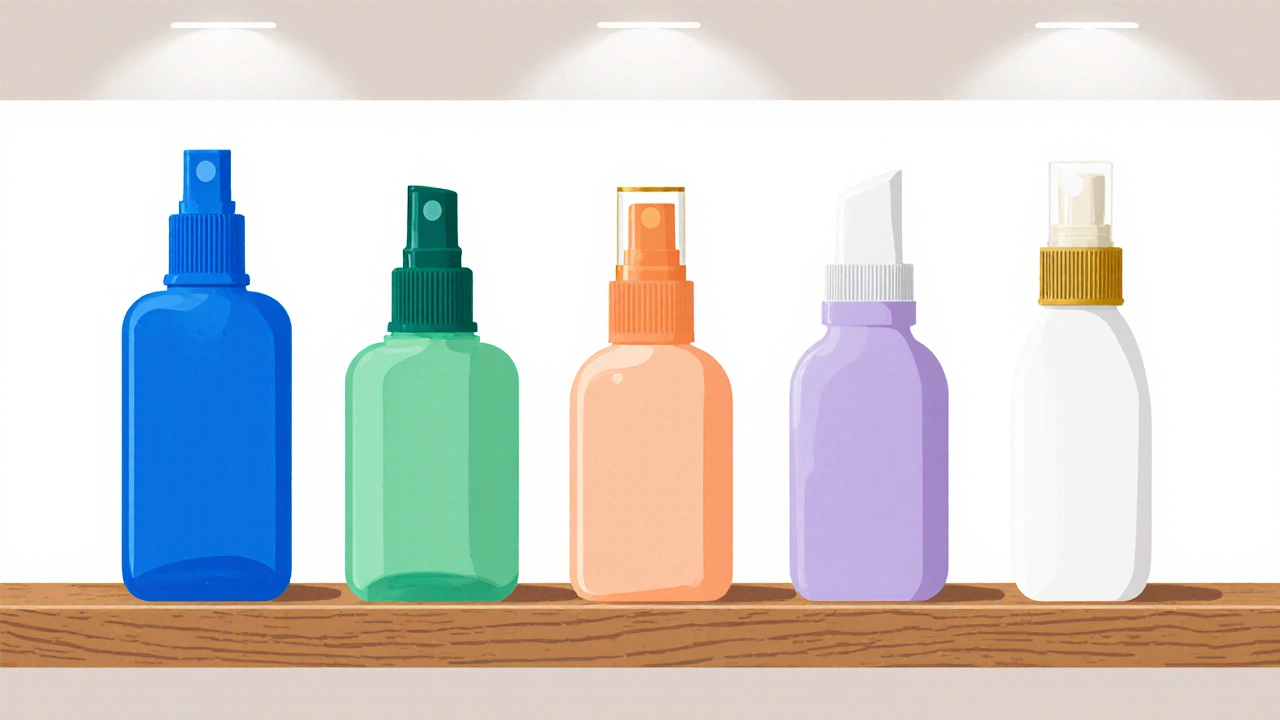
Choosing the Right Nasal Steroid: Decision Criteria
Before diving into the alternatives, it helps to rank the factors that matter most to you. Most patients consider the following:
- Potency & efficacy - how well the spray controls symptoms.
- Dosage convenience - once‑daily vs twice‑daily dosing.
- Prescription requirement - over‑the‑counter (OTC) options can be bought without a doctor’s visit.
- Cost - out‑of‑pocket price in Australian dollars.
- Side‑effect profile - risk of nasal irritation, epistaxis, or systemic effects.
Write down your top three criteria; the comparison table below makes it easy to see which product aligns best.
Top Alternatives to Flixotide
Below are the most widely available nasal steroids in Australia, together with their core attributes.
| Product | Active Ingredient | Dose per Spray | Total Sprays | Prescription? | Approx. Price (AU$) | Typical Use Cases |
|---|---|---|---|---|---|---|
| Flixotide | Fluticasone propionate | 100µg | 100 | Prescription | 45‑55 | Severe allergic rhinitis, asthma adjunct |
| Nasonex | Mometasone furoate | 50µg | 120 (60sprays per nostril) | OTC (pharmacy) | 30‑38 | Mild‑to‑moderate rhinitis, seasonal allergies |
| Rhinocort | Budesonide | 32µg | 120 (60sprays per nostril) | OTC | 28‑35 | Chronic sinusitis, post‑nasal drip |
| Beconase | Beclomethasone dipropionate | 50µg | 100 | OTC | 25‑32 | Beginner‐level allergy relief |
| Avamys | Fluticasone furoate | 27µg | 120 (60sprays per nostril) | Prescription | 40‑48 | Once‑daily dosing, sensitive nasal mucosa |
When to Choose Each Option
Flixotide shines for patients who need a high‑dose, twice‑daily regimen and already have a prescription for asthma. If you’re already on Flixotide for breathing issues, adding it for nasal symptoms keeps your medication list simple.
Nasonex is the go‑to OTC alternative for most adults with seasonal allergies. The 50µg dose is gentle enough for daily use, and the slightly lower cost makes it popular for families.
Rhinocort offers the lowest microgram amount per spray. It’s ideal for people who experience dryness or mild irritation with stronger steroids. Because it’s OTC, you can test it without a doctor’s visit.
Beconase provides a middle ground-potent enough for moderate symptoms but less likely to cause systemic absorption. New users often start here before moving up to a stronger spray.
Avamys is unique in that its fluticasone furoate molecule stays active longer, allowing once‑daily use. If you hate the ritual of spraying twice a day, Avamys can be a game‑changer, though a prescription is still required.
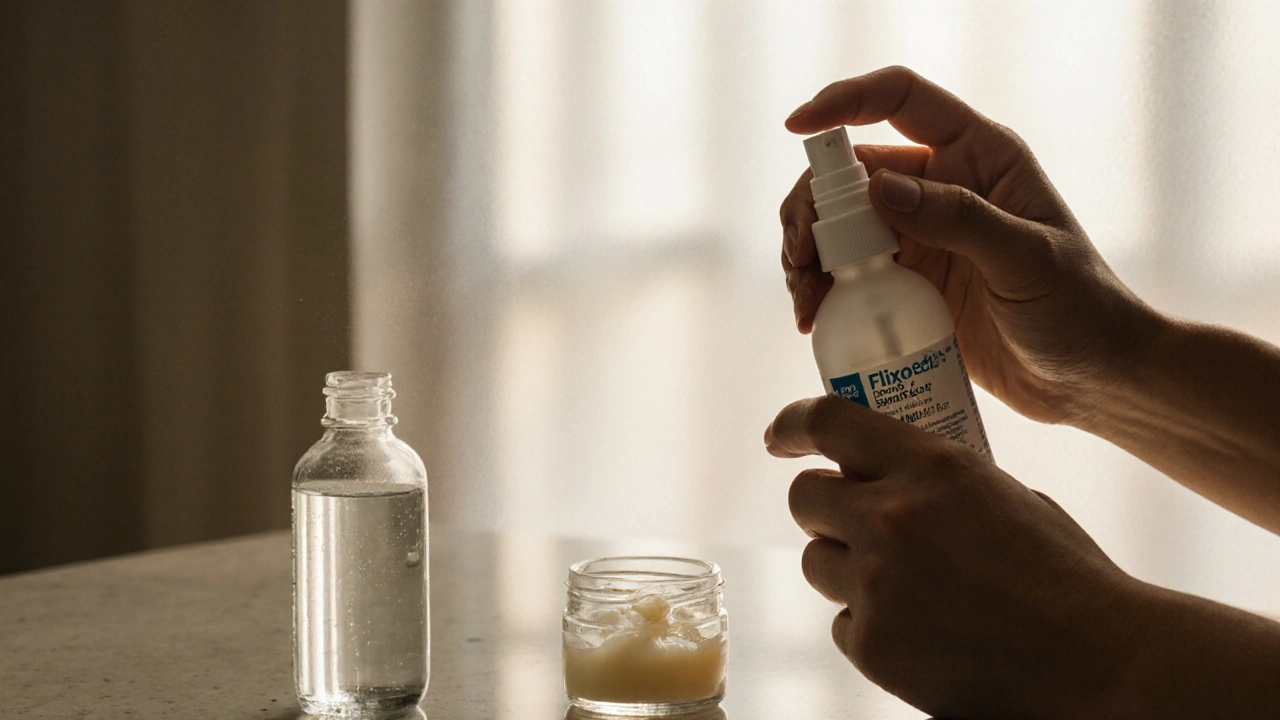
How to Switch Safely Between Sprays
Switching doesn’t have to be risky, but a few steps keep your nasal lining happy:
- Finish the current bottle or taper down over a week, depending on symptom control.
- Start the new spray at half the usual dose for the first three days.
- Monitor for increased dryness, nosebleeds, or a sudden rise in congestion.
- If irritation persists, pause for two days and then resume at full strength.
- Consult your pharmacist or GP if you notice persistent headaches or visual changes.
Many pharmacies in Sydney carry all five products, so you can pick up a sample and see how your nose reacts before committing to a full pack.
Potential Side Effects and How to Minimize Them
All nasal steroids share a core risk profile: local irritation, epistaxis, and rare systemic effects (e.g., mild suppression of cortisol). Here’s a quick cheat sheet:
- Dryness: use a saline spray 30minutes before the steroid.
- Nosebleeds: apply a thin layer of petroleum jelly on the septum.
- Throat irritation: avoid swallowing the spray; tilt your head slightly forward when administering.
- Long‑term use (>6months): schedule an annual review with your doctor.
Bottom Line: Which One Fits Your Life?
If you value convenience above all, Avamys gives you once‑daily dosing with comparable efficacy to Flixotide. For tight budgets, Nasonex and Rhinocort beat the prescription price while still delivering solid symptom relief. Beginners or those prone to dry noses may feel most comfortable with Beconase. And if you already have a fluticasone prescription for asthma, sticking with Flixotide simplifies your regimen.
Frequently Asked Questions
Can I use Flixotide and Nasonex at the same time?
Generally it’s not recommended because both contain corticosteroids, which could increase the risk of side effects. If your doctor suggests a combination, they’ll likely adjust the dose of each.
Is a prescription needed for Avamys in Australia?
Yes, Avamys is classified as a prescription‑only medicine. You can obtain it through your GP or a suburban pharmacy with a valid script.
How long does it take to feel relief after starting a nasal spray?
Most users notice reduced congestion within 12‑24hours, but full anti‑inflammatory effects can take up to 7days of consistent use.
Are there any drug‑interactions I should watch for?
Nasal steroids have minimal systemic absorption, so interactions are rare. However, if you’re on systemic steroids or immunosuppressants, discuss dosage with your doctor.
Can children use these sprays?
Most of the products listed are approved for children over 2years, but the dose is usually halved. Always follow pediatric guidelines and consult a paediatrician.

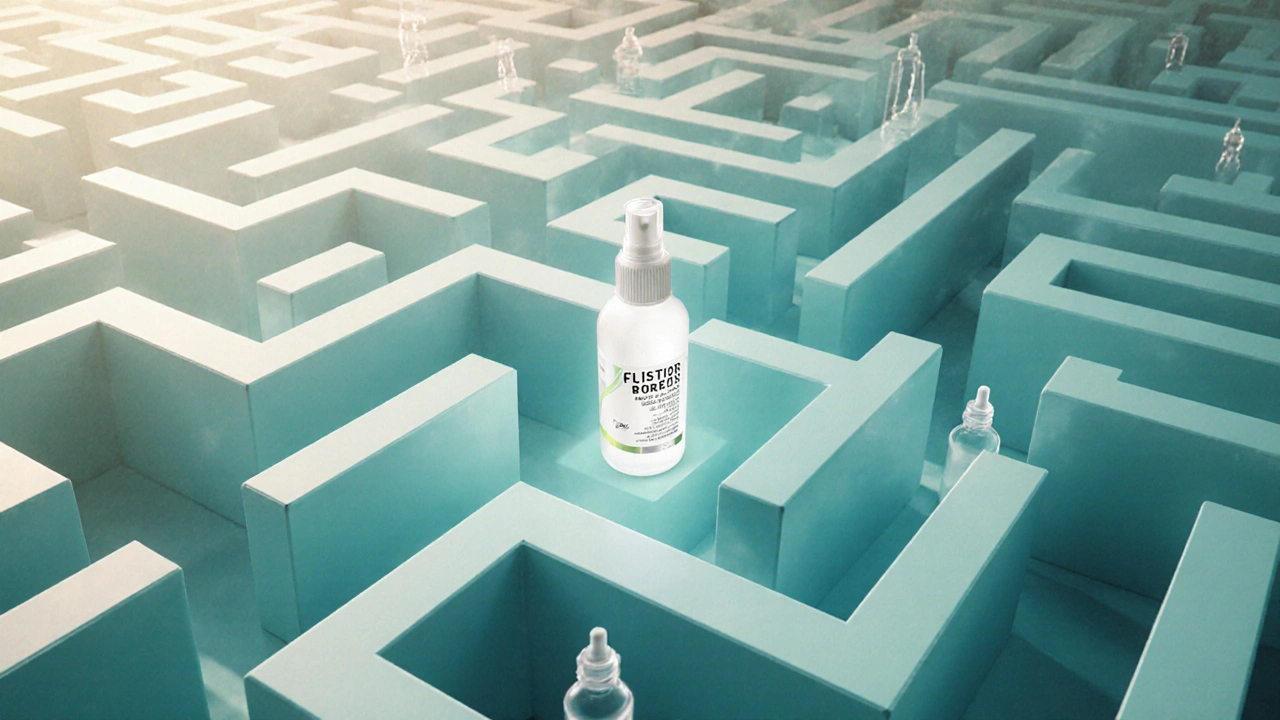
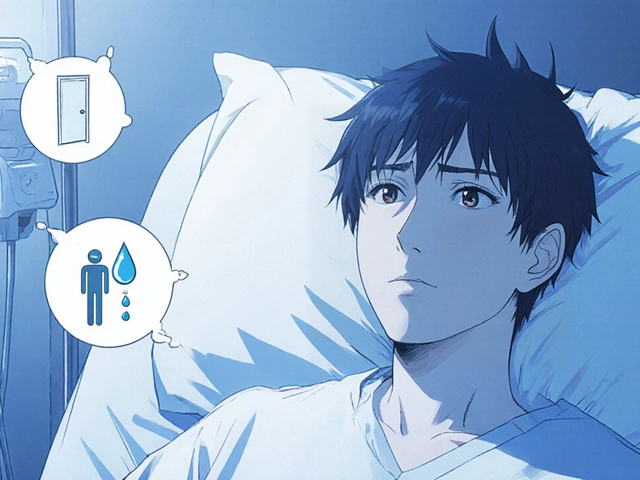
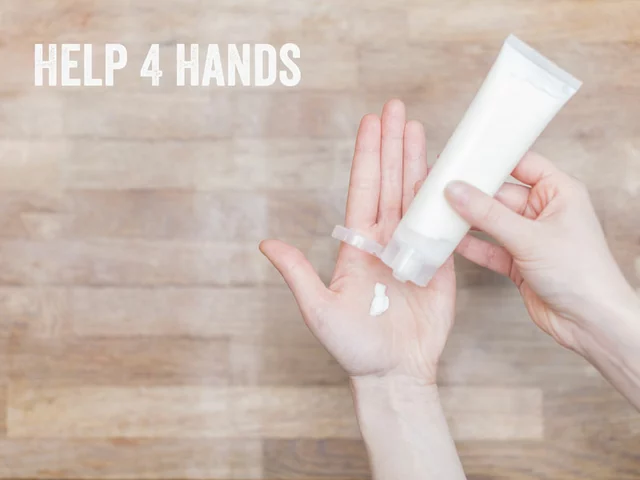

Brooks Gregoria
October 7, 2025 AT 15:54Everyone's beating the drum about cheap OTC sprays like Nasonex, but let's call it what it is – a watered‑down version of the real deal. Flixotide packs twice the potency, so if you're serious about clearing that nasal traffic, you shouldn't settle for half‑measures. Sure, prescription hassles are a nuisance, but you get what you pay for. Don't be fooled by the price tag; efficacy trumps convenience every time.
Sumit(Sirin) Vadaviya
October 8, 2025 AT 09:58While the comparison chart is thorough, it's essential to remember that individual response can vary greatly 😊. For patients with sensitive mucosa, starting with a lower‑dose option such as Rhinocort may reduce the risk of irritation. Moreover, consistent technique-tilting the head slightly forward and avoiding a deep inhale-optimizes deposition of the steroid. Always consult your pharmacist if you experience persistent dryness.
lindsey tran
October 9, 2025 AT 04:01Honestly, reading through that whole guide felt like stepping into a maze of tiny clouds, each spray promising a miracle and then whispering about side effects. I was skeptical at first, thinking maybe the whole thing was just marketing fluff, but the data points kept pulling me deeper. The fact that Flixotide delivers a whopping 100µg per puff makes it feel like a heavyweight champion in the ring of nasal relief. Yet, it sits behind a prescription wall, like a secret club you have to beg to join. Other options, like Nasonex or Rhinocort, sprinkle on the scene with lower doses, acting like the gentle understudies that never get their moment in the spotlight. I tried Beconase once, and my nose felt like a desert after a week, so I switched to Avamys, which claims once‑daily magic; the convenience was a dream, though the price tag reminded me that nothing comes cheap. The side‑effect list reads like a horror script-dryness, nosebleeds, even a whisper of systemic absorption-but using saline spray beforehand can tame the dryness beast. Remember to prime the bottle, because a half‑empty spray can feel like spraying air and waste your money. The taper‑down plan when switching between sprays is not just a suggestion; it's a safeguard against rebound congestion that could leave you crying into your pillow. Some folks say the OTC choices are "good enough," but if you live with chronic sinusitis, "good enough" might as well be "just barely surviving." My doctor once told me that consistency beats potency-use the same spray every night and you’ll notice a shift in just a few days. The convenience factor can't be ignored; spraying twice daily can become a ritual that anchors your bedtime, while once‑daily feels like a fleeting promise. In my experience, the real win is in pairing the steroid with a good saline rinse-think of it as giving the nasal garden a proper watering before planting seeds of medication. Also, keep an eye on your eyes; steroids can sneakily raise intra‑ocular pressure if you’re not careful. Finally, if you ever feel like your nose is getting “used up,” take a short break, let the tissue heal, then restart with the same regimen. The bottom line? Choose the spray that fits your budget, your schedule, and your tolerance, and stick with it long enough to see real results.
Krishna Sirdar
October 9, 2025 AT 22:04What you’ve laid out captures the delicate balance between efficacy and patient comfort. The act of pairing a steroid with saline is akin to preparing a canvas before painting-otherwise the colors never fully adhere. If one can accept the modest price of an OTC spray while committing to consistent technique, the outcomes can be surprisingly robust. Ultimately, the choice reflects one’s personal philosophy: whether to prioritize raw potency or a smoother, less invasive journey.
becca skyy
October 10, 2025 AT 16:08For folks who travel a lot, the size of the bottle matters as much as the dose. I keep a single‑dose Rhinocort in my carry‑on because it’s cheap, easy to replace, and won’t raise any eyebrows at security. It may not be the strongest, but it does the job when you’re stuck on a plane without access to your usual prescription.
Theo Roussel
October 11, 2025 AT 10:11From a pharmacokinetic standpoint, fluticasone propionate exhibits a higher glucocorticoid receptor affinity compared to mometasone furoate, which translates into a greater anti‑inflammatory potency per microgram. However, the systemic bioavailability remains negligible due to extensive first‑pass metabolism, mitigating concerns about hypothalamic‑pituitary‑adrenal axis suppression under standard dosing regimens.
Erick Masese
October 12, 2025 AT 04:14While the receptor affinity discussion is technically accurate, most patients are more concerned with tangible outcomes like reduced congestion and fewer nosebleeds. In everyday terms, the higher potency of Flixotide may offer quicker relief, but the cost and prescription barrier often tip the scale toward more accessible alternatives.
Matthew Charlton
October 12, 2025 AT 22:18Great points all around! If you’re just starting out, I’d recommend experimenting with Beconase at half dose for the first week to gauge tolerance. Then, if symptoms persist, step up to a higher‑dose option like Flixotide or Nasonex. Consistency is key-set a reminder on your phone and stick to the schedule.
Pamela may
October 13, 2025 AT 16:21Okay, listen up, because there’s a lot of noise out there and I’m sick of the half‑ass info that people throw around. First off, don’t be fooled by the “OTC is good enough” line-most of those sprays are basically placebo level if you’ve got serious inflammation. You need to understand that the dosage per spray matters; 100µg of fluticasone is not the same as 27µg of furoate, no matter how fancy the brand name is. Second, the whole “just spray and forget” mentality is a recipe for chronic irritation; you gotta prime the bottle, use saline, and give your nose a break if you start seeing blood. Third, the price tag on Flixotide isn’t just a cash grab; it reflects the research and formulation that makes it effective for severe cases. If you’re on a budget, there are generic budesonide options that work just fine, but you have to manage expectations. Fourth, the prescription barrier can actually be a good thing-it forces you to have a professional look at your condition and adjust dosing as needed. Finally, don’t ignore the importance of proper head tilt-point the nozzle slightly outward, never straight up, or you’re just wasting medication. Bottom line: know your priorities, pick the spray that aligns with them, and be diligent about technique.
tierra hopkins
October 14, 2025 AT 10:24You've made some valid observations about technique and dosage, and I appreciate the directness. For readers who are budget‑conscious, exploring bulk‑buy options for generic budesonide can reduce costs without sacrificing efficacy. Just remember to keep a schedule and monitor any side effects, especially if you increase the dose.
Ryan Walsh
October 15, 2025 AT 04:28If you can handle it, just give it a shot.
Kiersten Denton
October 15, 2025 AT 22:31The variety of options can feel overwhelming, but taking a measured approach-trying one OTC spray for a week before moving to another-helps clarify what truly works for your nasal passages.
Karl Norton
October 16, 2025 AT 16:34Honestly, spending a week on each product is a waste of time; you either feel relief quickly or you don’t, no need for prolonged trials.
Ashley Leonard
October 17, 2025 AT 10:38When comparing these sprays, it's helpful to look at both the active ingredient and the delivery mechanism. Some users find that a finer mist, like that from Avamys, feels less irritating, while others prefer the more robust spray of Flixotide. Personal comfort often dictates adherence.
Ramanathan Valliyappa
October 18, 2025 AT 04:41The analysis is correct; focus on microgram dosage and patient adherence for optimal outcomes.